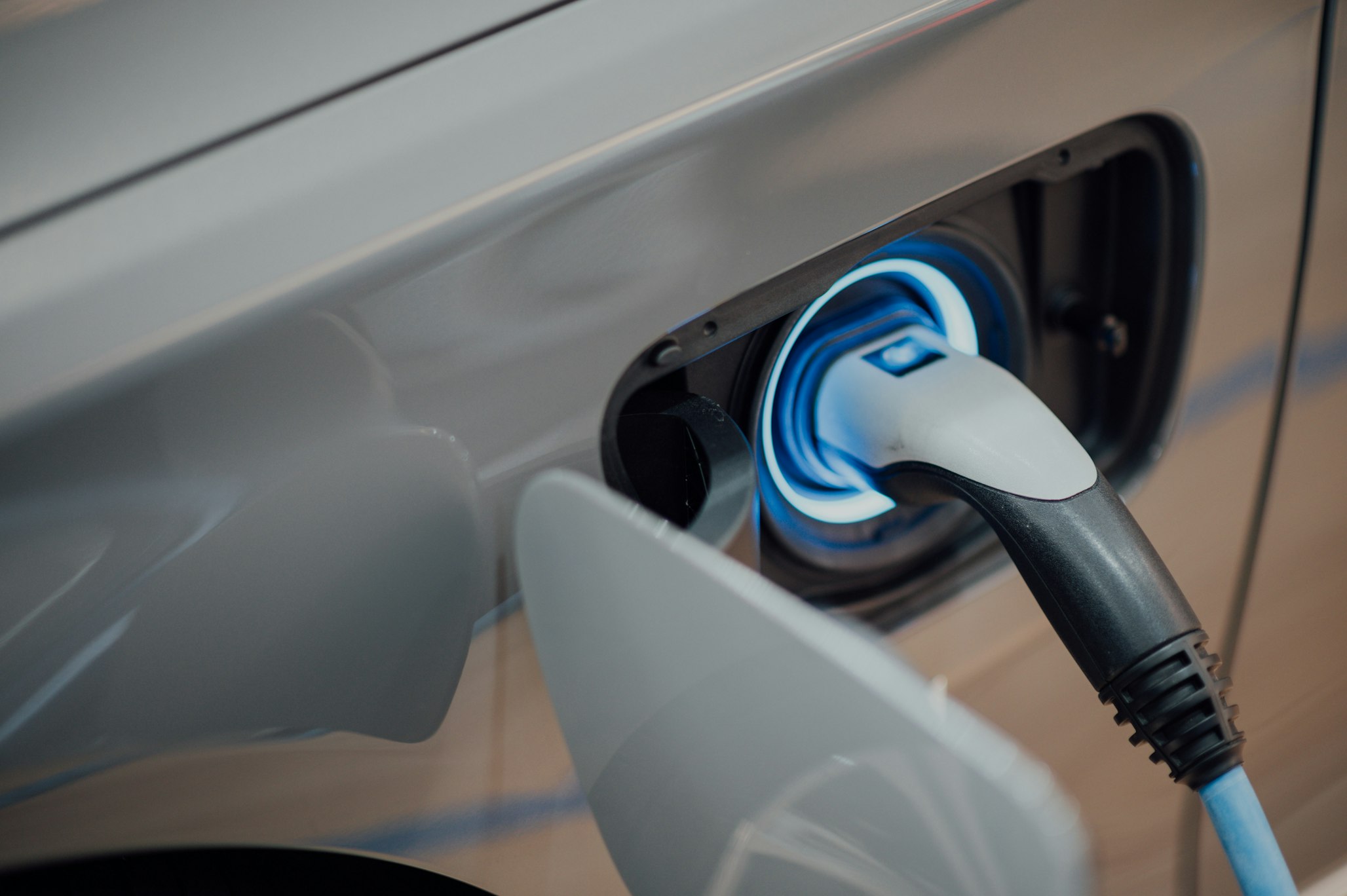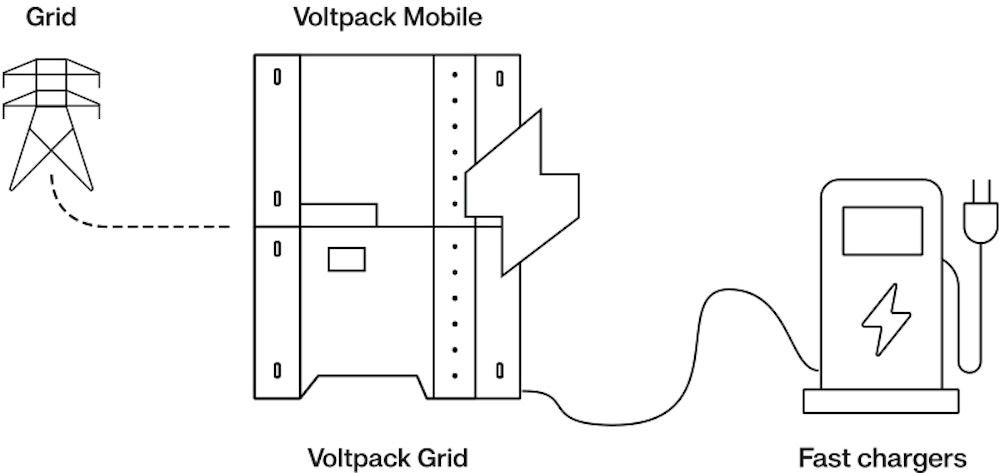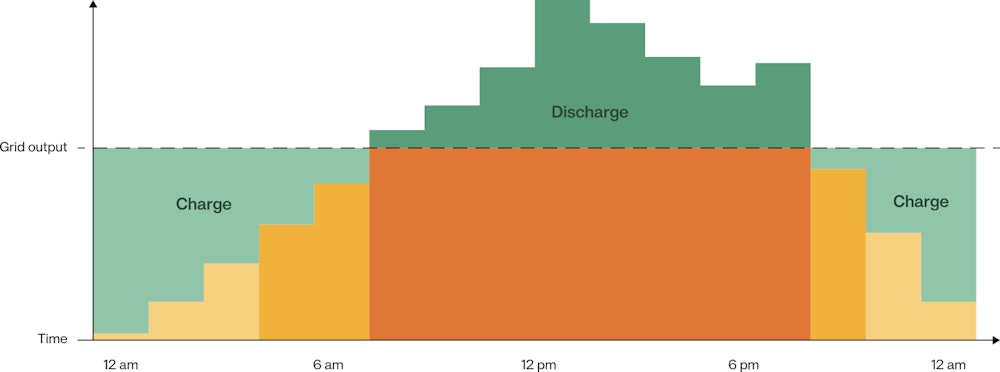Fast-charger, meet Voltpack Mobile. Your new best friend.
10 May, 2022
For fast-charging to become a widespread option without crippling the grid, we need batteries. An overnight solution to get the power needed, Voltpack Mobile is here.

Of the many consequences to the electric vehicle revolution, enormous demand for new grid and charging infrastructure are some of the most challenging to plan for. It is of critical importance that we address the issue though, in large part because the widespread availability of effective charging is a major motivator for the adoption of electric vehicles.
For existing fuel filling stations especially, the coming years will be a major test of operators’ ability to adjust to the new landscape of electric vehicles.
There should be no doubt about the speed of the electric vehicle revolution – sales increased 10-fold over the past five years, and some 1.7 million electric vehicles were sold last year alone, to make up a market share of 18%. And with new European policy aiming to ensure that only zero-emission vehicles can be sold from 2035, the transition shows no signs of slowing down.
Fast-charging for a fast EV revolution
As we move forward, access to EV charging is key. And right now, we’re not deploying enough.
Europe needs 14,000 chargers per week to meet demand. Today, that number is 2,000.
According to cross-industry research, up to 6.8 million public charging points are required across the EU by 2030 to support the region’s target of 55% CO2 reduction for passenger cars. That’s a lot of chargers – requiring up to 14,000 public charging points to be installed across Europe every week. Yet today, just 2,000 are being installed weekly.
Aside from the investment required for this build-out of infrastructure (some €30 billion to 2030), more fundamental challenges arise.
Drawing power from the grid, the combined effect of many EV chargers can result in significant pressure on local grids.
Operating at powers from 25 kW to more than 350 kW, direct-current fast-chargers are especially demanding. Because of their reliance on large amounts of power from the grid, installing fast-chargers isn’t always straightforward. But it’s fast-charging which many people and businesses want.
Streamlining deployment of fast-charging
As surprising as it might be to learn – power isn’t unlimited. Existing distribution electricity grids are often limited in the amount of power they can provide. To prevent a whole range of problems – including blackouts – if new high-power demands are introduced, such as fast-chargers, local grids must be reinforced to increase power availability.
The problem is that this kind of grid reinforcement work can take considerable amounts of planning, permissions and time. It also carries high costs.
Another way to secure the same outcome, of boosting power availability, is through the deployment of a battery system such as Voltpack Mobile.
With a battery system in place, far higher levels of power can be provided in a specific location. The battery still draws electricity from the grid, filling up like a reservoir from a smaller river, but it can discharge that electricity at a far higher rate than the river ever could to enable fast-charging.

Voltpack Mobile to the rescue
Scalable from 281 kWh to 1,405 kWh, even at its smallest configuration, Voltpack Mobile can support six 40 kW fast-chargers simultaneously. In practical terms this means that Voltpack Mobile would support a total power demand of 240 kW, even if the grid itself could have only supplied 100 kW, for example. And more than six fast-chargers can be supported too, simply by deploying more Voltpack Mobiles in parallel.
It is battery-enabled peak-shaving of power demands in this way which allows even weak grids to support fast-charging.

What is key is that these benefits can be enabled quickly, since Voltpack Mobile can be deployed and operational in a matter of hours. Avoiding lengthy grid-reinforcement projects means that fast-charging can be brought to a traditional fuel station, bus depot, or any other location, quickly and without compromising the grid.
As we move towards a future in which electric vehicles become the norm, charging infrastructure must be expanded at a pace far faster than what we see today. There are costs and consequences to this, and in places an expansion of the grid will be required. But for many locations there is a quicker, smarter way to enable EV charging and it begins with batteries.